Germany may not be the first country that comes to mind when thinking of wine, but it is home to some of the most unique and scenic vineyards in the world. With a history of winemaking that spans centuries, Germany offers wine lovers a diverse and rich selection of wines. From the cool climate of the Mosel Valley to the warmer regions of the Baden and Franconia, Germany’s wine culture is as varied as its landscapes. If you’re a wine enthusiast looking to explore this beautiful country’s vineyards, here’s your ultimate guide.
1. The Mosel Valley: The Heart of Riesling
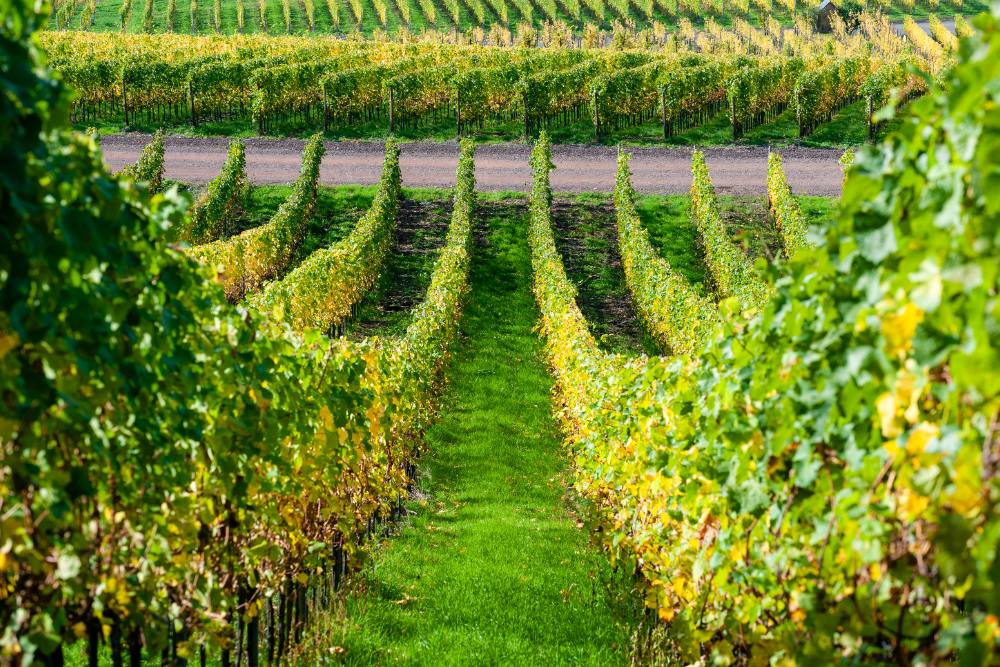
The Mosel Valley is one of Germany’s most famous wine regions, known for its steep, terraced vineyards that produce some of the world’s finest Riesling wines. This area, which stretches along the Mosel River from Luxembourg to Koblenz, is considered the epicenter of German winemaking.
- What to Expect: The Mosel region is famous for its Riesling wines, which are often characterized by their light, crisp, and aromatic flavors, with a touch of minerality. In addition to Riesling, you’ll also find wines made from Pinot Noir, Pinot Blanc, and the lesser-known Frühburgunder grape. The river itself plays a crucial role in the vineyards’ microclimate, with its reflection of sunlight helping to ripen the grapes in this cooler region.
- Best Vineyards to Visit: Many of the best wineries are nestled on the hillsides that rise dramatically above the river. Notable wineries to visit include Weingut Dr. Loosen, Weingut Markus Molitor, and Weingut Egon Müller, which are known for producing world-class Rieslings. The Bernkastel-Kues town, home to many vineyards, is also a great starting point for exploring the area.
- What to Do: Aside from wine tasting, the Mosel Valley offers scenic beauty, with charming villages like Cochem, Bremm, and Traben-Trarbach. Enjoy a boat tour along the river or take a hike through the vineyards to get a closer look at the terraced fields. Don’t forget to visit the ancient Reichsburg Castle in Cochem for stunning views of the valley.
2. Rheingau: Tradition Meets Innovation
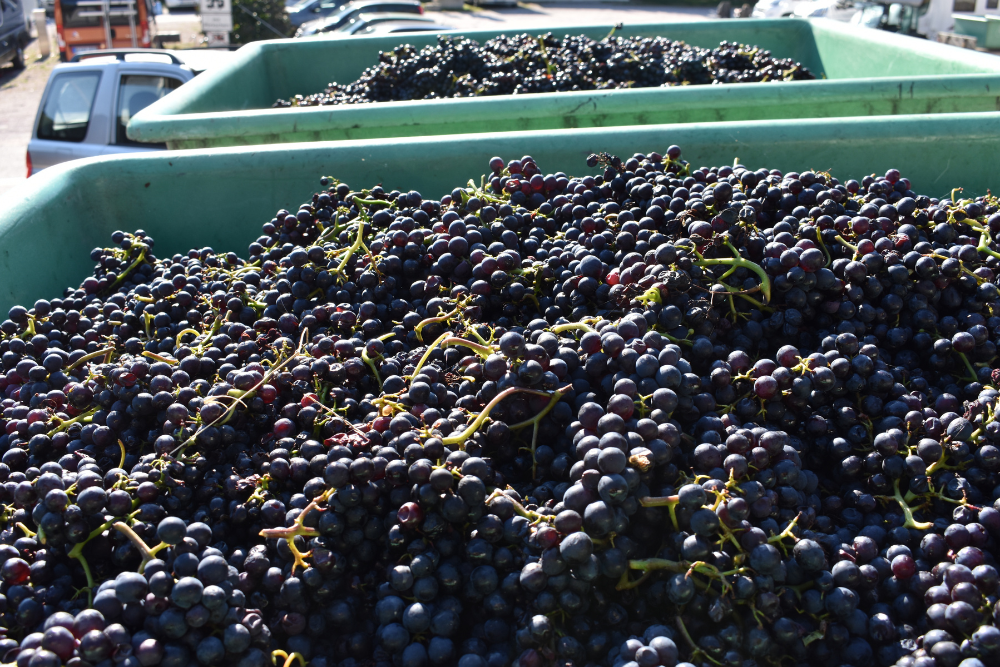
Situated along the banks of the Rhine River, the Rheingau region is another iconic wine area known for its production of Riesling, as well as red wines made from Spätburgunder (Pinot Noir). The vineyards here benefit from the warm climate of the Rhine and the region’s rich history of winemaking that dates back to Roman times.
- What to Expect: Rheingau wines are often described as having a harmonious balance between fruitiness and acidity, with an elegance that appeals to both novice drinkers and connoisseurs. While Riesling is the star of the show, you’ll also find excellent red wines, particularly Pinot Noir, which thrives in the region’s warmer microclimates.
- Best Vineyards to Visit: One of the most well-known wineries in Rheingau is Weingut Schloss Johannisberg, which dates back to the 12th century and is famous for its Riesling. Weingut Kloster Eberbach, located in a former monastery, is another must-visit, offering beautiful grounds and a range of wines from dry whites to sweet dessert wines. Weingut Robert Weil is also famous for producing exceptional Rieslings.
- What to Do: Rheingau is a region rich in history and culture. Visit the town of Eltville, known as the “town of wine and roses,” or the picturesque town of Rüdesheim, where you can ride the famous chairlift up to the Niederwald Monument for sweeping views of the vineyards. Wine festivals, such as the Rheingau Wine Festival, are held throughout the year and offer opportunities to sample local wines.
3. Baden: Germany’s Warmest Wine Region
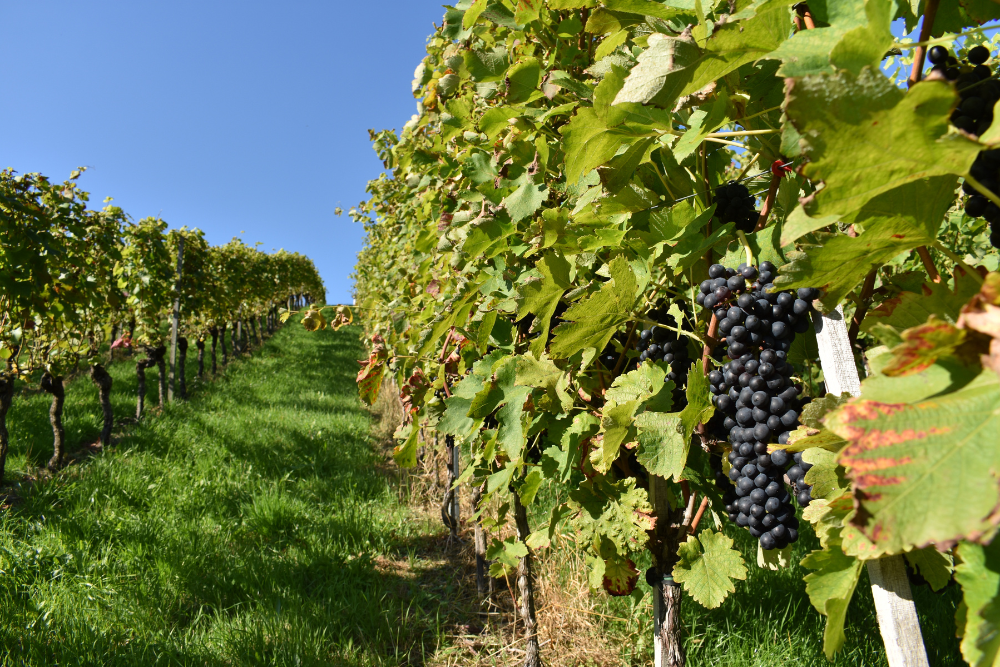
The Baden region, located in southwestern Germany along the borders with Switzerland and France, is the country’s warmest wine region. This area is known for its production of both red and white wines, and it is particularly celebrated for its excellent Pinot Noir (Spätburgunder) and Pinot Gris (Grauburgunder).
- What to Expect: Baden’s wines are known for their richness, depth, and full-bodied character. Pinot Noir from Baden is often described as being fruit-forward, with smooth tannins and a rich bouquet of flavors, while the white wines are often more aromatic and round in taste.
- Best Vineyards to Visit: The Markgräflerland region, located in southern Baden, is one of the most famous areas for Pinot Noir. Weingut Franz Keller, one of the oldest wineries in Baden, produces some of the finest Pinot Noir wines in the region. For a more modern wine experience, Weingut Müller-Catoir in the Pfalz region (which is adjacent to Baden) offers innovative blends of local varieties.
- What to Do: Visit the Freiburg area, a beautiful town known for its medieval architecture and proximity to the vineyards. Explore the vineyards in the Kaiserstuhl area, where the warmer climate allows for a variety of grape varieties to flourish. Enjoy a scenic bike ride or hike through the wine-growing hills and take in the beautiful views.
4. Franken: Wine from the Heart of Germany
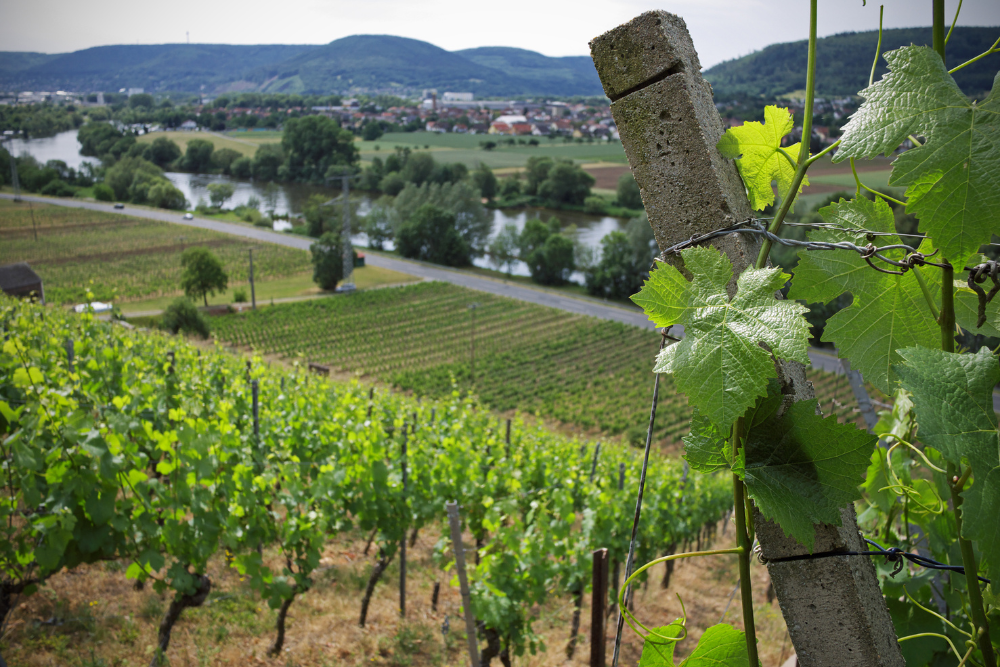
The Franken region, located in the northern part of Bavaria, is known for its distinctive wine culture and unique wine bottles. The region’s most famous wine is Silvaner, a white grape variety that thrives in the area’s cooler climate.
- What to Expect: Silvaner wines from Franken are crisp, refreshing, and light, with subtle herbal and fruity flavors. Franken also produces excellent red wines from Pinot Noir and Blauburgunder grapes. The wine culture in Franken is deeply rooted in tradition, with a strong focus on local varieties and sustainable farming practices.
- Best Vineyards to Visit: Visit Weingut Hans Wirsching, one of the most respected wineries in the region, which produces high-quality Silvaner and Pinot Noir wines. Weingut Juliusspital is another must-visit, offering a range of excellent white and red wines.
- What to Do: The region is home to picturesque towns like Bamberg and Würzburg, both of which are UNESCO World Heritage sites. Take a walk through Würzburg’s Residenz Palace or explore the Franconian wine villages, where you can tour local wineries and enjoy a glass of wine at a Heckenwirtschaft, a traditional wine tavern.
5. Pfalz: Germany’s Hidden Gem

The Pfalz region, located in southwestern Germany near the French border, is one of the country’s most underrated wine regions. Known for its sunny climate, Pfalz produces wines that rival those of more famous regions like Bordeaux and Burgundy.
- What to Expect: Pfalz is known for its wide variety of grape varieties, including Riesling, Pinot Blanc, and Pinot Noir. The region also excels at red wines, particularly those made from Spätburgunder, which benefit from the warm climate and long growing season.
- Best Vineyards to Visit: Weingut Bassermann-Jordan is one of the oldest and most prestigious wineries in Pfalz, producing elegant Rieslings and red wines. Weingut Dr. Bürklin-Wolf is another top vineyard known for its exceptional Rieslings and commitment to organic farming.
- What to Do: The German Wine Route (Deutsche Weinstraße) runs through Pfalz and offers a scenic drive through vineyards, charming wine villages, and historical landmarks. Be sure to stop in Bad Dürkheim, home to the largest wine barrel in the world.
Conclusion
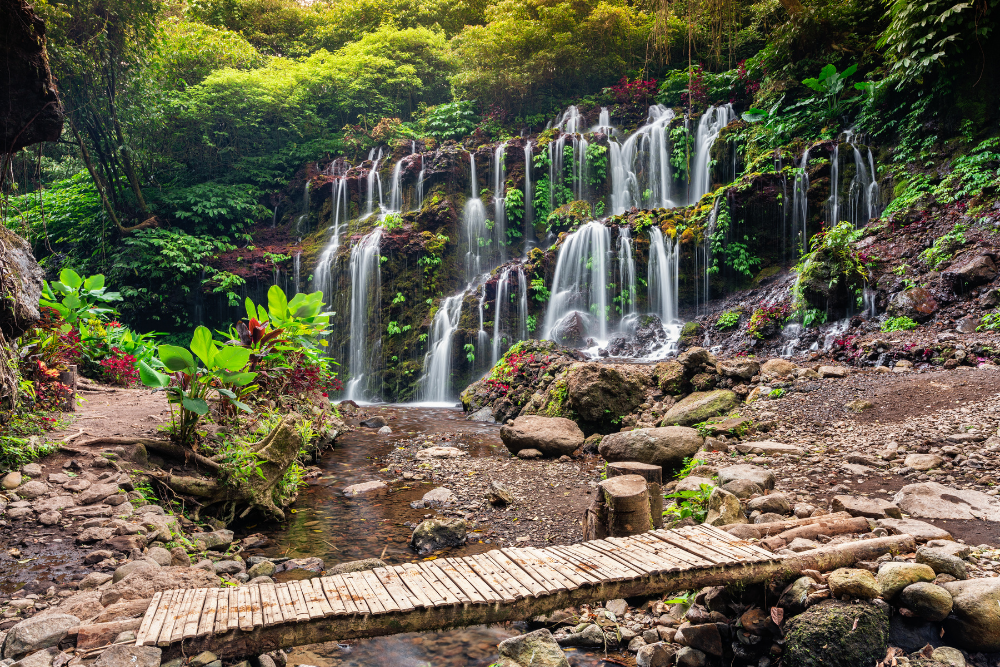
Germany’s vineyards are a hidden treasure for wine lovers, offering a rich tapestry of flavors, scenic beauty, and cultural history. Whether you’re exploring the Riesling wines of the Mosel Valley, tasting the Pinot Noirs of Baden, or discovering the unique Silvaner wines of Franken, Germany’s diverse wine regions provide endless opportunities for exploration. So, pack your bags, bring your palate, and embark on a journey through some of the world’s most beautiful and historic vineyards.












